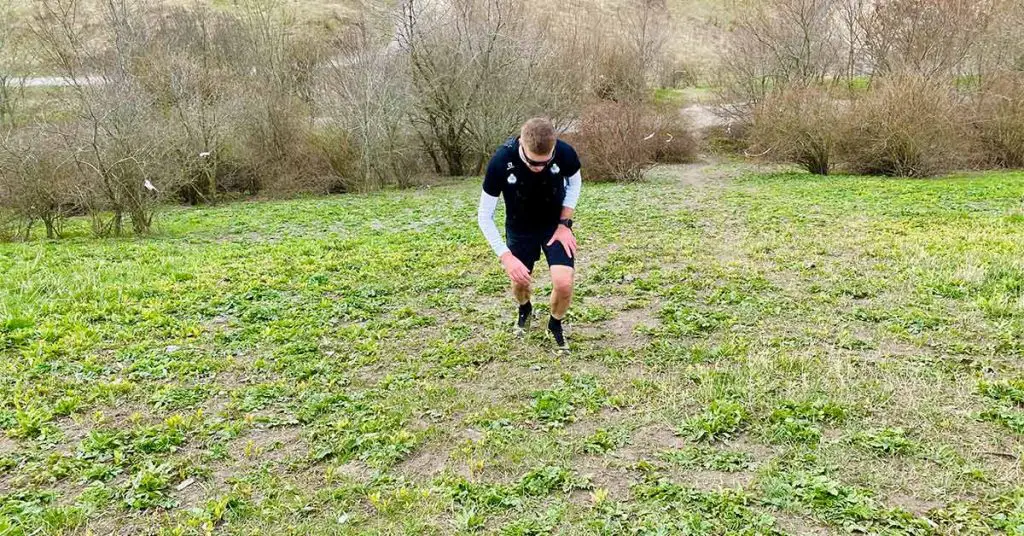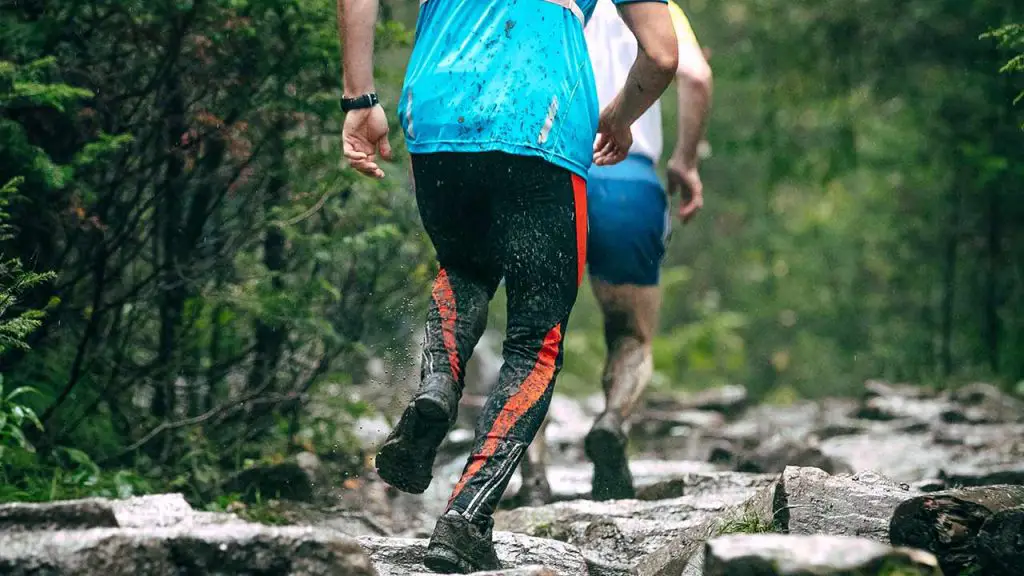Estimated read time: 3 minutes.
Running is a great way to get in shape, but did you know that there are different types of running? Two of the most common types are trail running and road running. Both have their benefits, but they also come with various risks. This blog post will discuss the differences between road running and trail running injuries. We will also provide tips on how to stay safe while running, no matter what type of surface you choose!
What Are the Differences Between Road Running and Trail Running Injuries?
Both trail running and road running can lead to injuries. However, the type of injury you may experience can differ depending on the surface you are running on.
Pavement is a harder surface than dirt, so it makes sense that different types of injuries would occur on each. When you run on pavement, your feet strike the ground with greater force than they would on a softer surface like dirt or grass. This impact can lead to problems like shin splints, which are common among road runners.
Repetitive moves on hard surfaces can lead to other injuries such as stress fractures and Achilles tendonitis. Road runners may be more likely to experience these types of injuries because the concrete or asphalt provides little cushioning for the body. On the other hand, trail running often requires you to jump over roots and rocks, which can lead to different injuries such as twisted knees or ankles. (Read: Is trail running easier on knees).
Running on roads is dangerous if you have to deal with traffic. Stay alert and be aware of your surroundings at all times. Use a reflective vest or other gear if you must run in low-light conditions. If possible, run on the shoulder of the road and stay as close to the edge as possible.
Trail running can also be tough on your body. The uneven surface of a trail can put strain on your ankles, knees, and hips. You may also find yourself tripping more often when running on trails, which can lead to scrapes and bruises. Despite the risks, trail running can be a great way to get in shape and see some amazing scenery!
How Can You Stay Safe While Running, Regardless of the Surface You Choose
There are a few things you can do to stay safe while running, no matter what type of surface you choose. First, make sure to warm up before you start running. A good warm-up will help your body prepare for physical activity and reduce your risk of injury. Second, pay attention to your form. Good form will help you run more efficiently and reduce your risk of injuries. Choose a good pair of running shoes that fit your feet well and provide support.
Finally, be aware of your surroundings and be cautious when running on unfamiliar trails. By following these tips, you can enjoy a safe and enjoyable run!
Which Type of Running Is Best For You
There is no one-size-fits-all answer to this question. It ultimately depends on your personal preferences and goals. If you want to get in shape, road running and trail running can be great options. However, if you are training for a specific event, you may want to stick to the type of running that will best prepare you for race day.
No matter what type of running you choose, take the necessary precautions to stay safe and avoid injuries. And most importantly, have fun! Running is a great way to explore your surroundings, get in shape, and clear your mind. So get out there and enjoy the open road (or trail)!
Conclusion
Trail running and road running are great ways to get in shape and enjoy the outdoors. However, it is important to be aware of the different risks associated with each. Be sure to warm up before you run, choose a good pair of shoes, and pay attention to your form. By following these tips, you can stay safe and enjoy a great run.
- How Many Laps Around a Track is a 5K: Your Guide - October 22, 2023
- When is Track and Field Season? - October 22, 2023
- Understanding the Length: How Long Is a Running Track? - October 22, 2023




